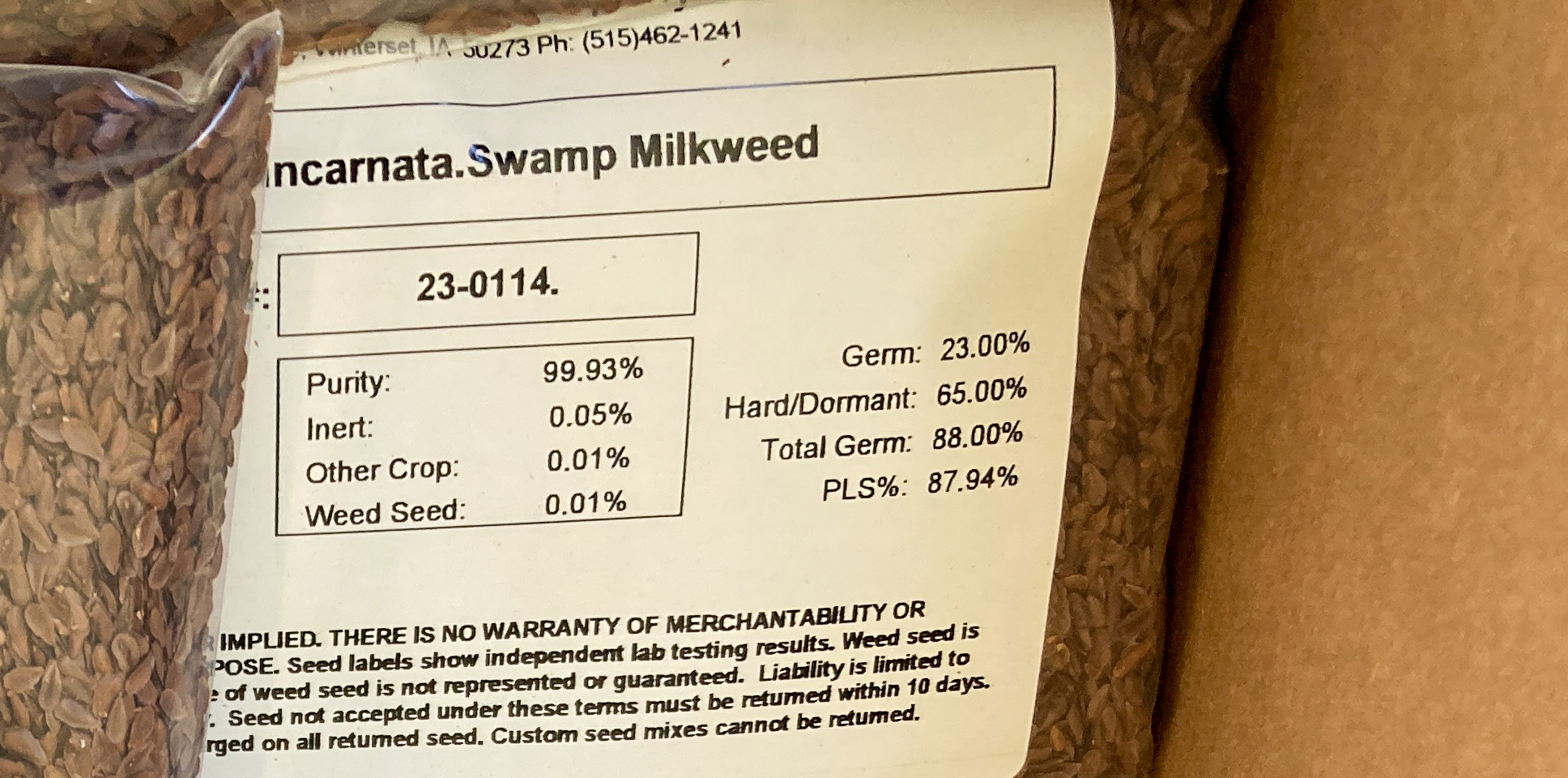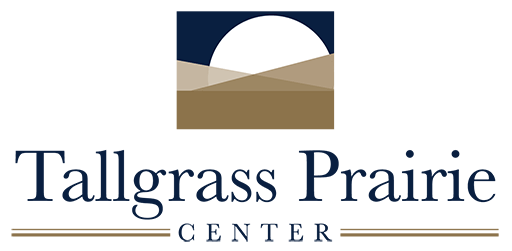Seed Labels
Table of Contents
Learn to read them

Commercial seed labels contain information related to seed quality. Labels include some or all of the following:
- Pure seed (purity): percentage of material in the bag that is actually the desired seed
- Inert matter: percentage of plant debris or other non-seed materials
- Other crop seeds: percentage of non-weed seeds
- Weed seeds: percentage of seeds considered weed species
- Noxious weed: name and amount of noxious weed seeds per pound
- Germination: percentage of seed that will germinate readily in a germination chamber
- Hard seed: percentage of seed that does not germinate readily because of a hard seed coat
- Dormant seed: percentage of seed that does not germinate readily because it requires pretreatment or weathering in the soil (some suppliers may combine hard and dormant seed on the label)
- Pounds pure live seed (PLS): determined via the calculation of (bulk seed mix lbs.) x (% purity) x (% germination + % dormant)
- Tetrazolium (TZ): percentage of seeds tested using tetrazolium chloride (for native species that will not break dormancy for germination tests, living tissue is stained red, allowing analysts to determine the viability of non-germinated seed)
The amount of weed seeds in a sample can vary widely. Some amounts may seem high but are not necessarily a cause for concern (see Roadside Real Talk on the next page for more).
Roadside Real Talk
Insights From Roadside Managers and Other Professionals
It does seem high to have, for example, 380 noxious weed seeds per pound of native seed. But I sometimes get seed lots with over 1,000 noxious weed seeds per pound. In my mind, it's negligible since the actual weed seeding rate ends up being very low, and they are not necessarily all live seeds. The noxious weeds that show up in these tests are almost invariably annual agricultural weeds, so they will probably be gone within 2–3 years. The weed seed bank (at least in post-agriculture settings) is many orders of magnitude higher than these small amounts. Weeds listed as noxious on the tag are not necessarily Iowa noxious weeds either, so depending on who you buy from, they might not even need to report it that way. In other words, you may be seeding these weeds anyway without knowing their identity (they would be listed as a whole in the weed seed percentage). For example, wild buckwheat is noxious in Minnesota but not in Iowa. It could be labeled as a weed to cover bases for interstate commerce. While I wouldn't reject a lot like this, it would be worth keeping an eye on the planting.
—Justin Meissen, Research and Restoration Program Manager, UNI Tallgrass Prairie Center, 2024


